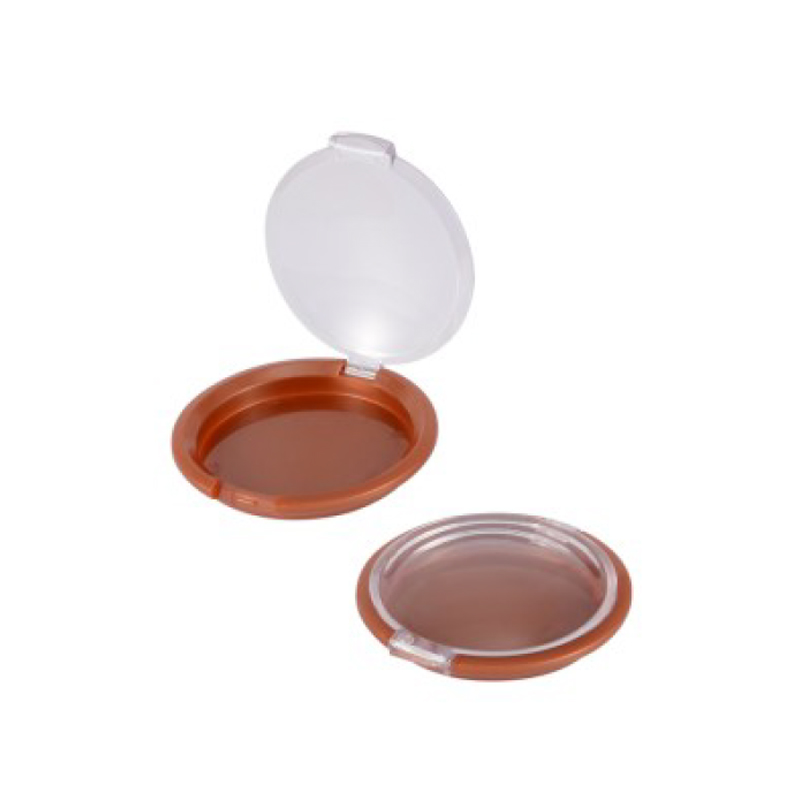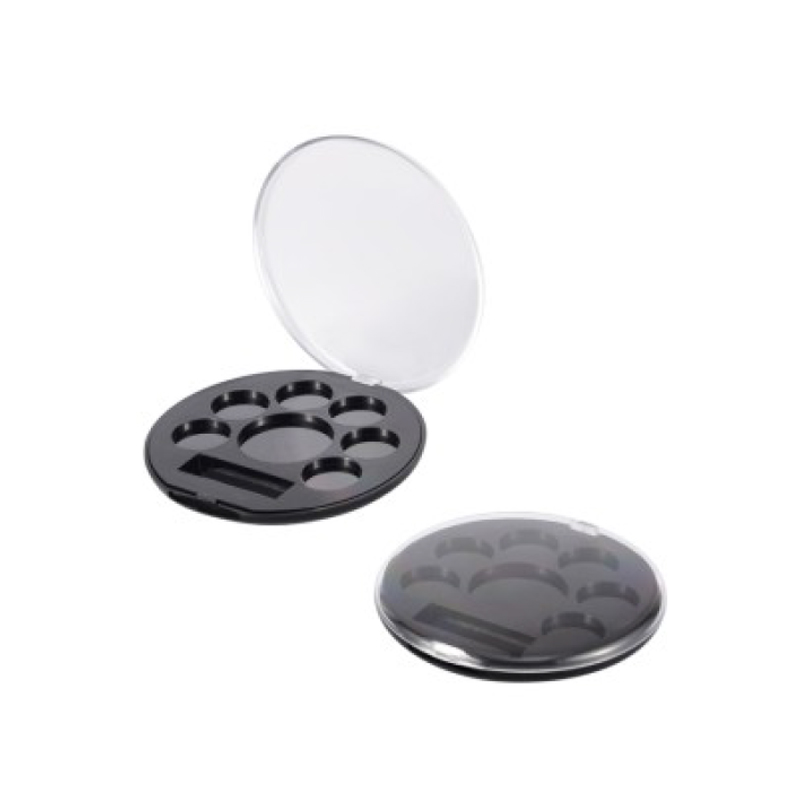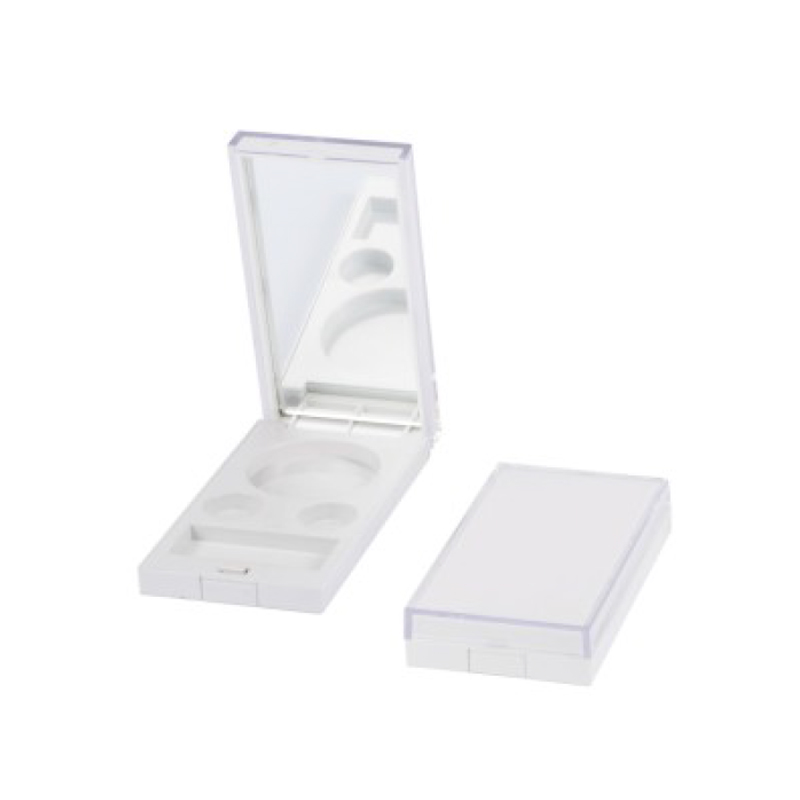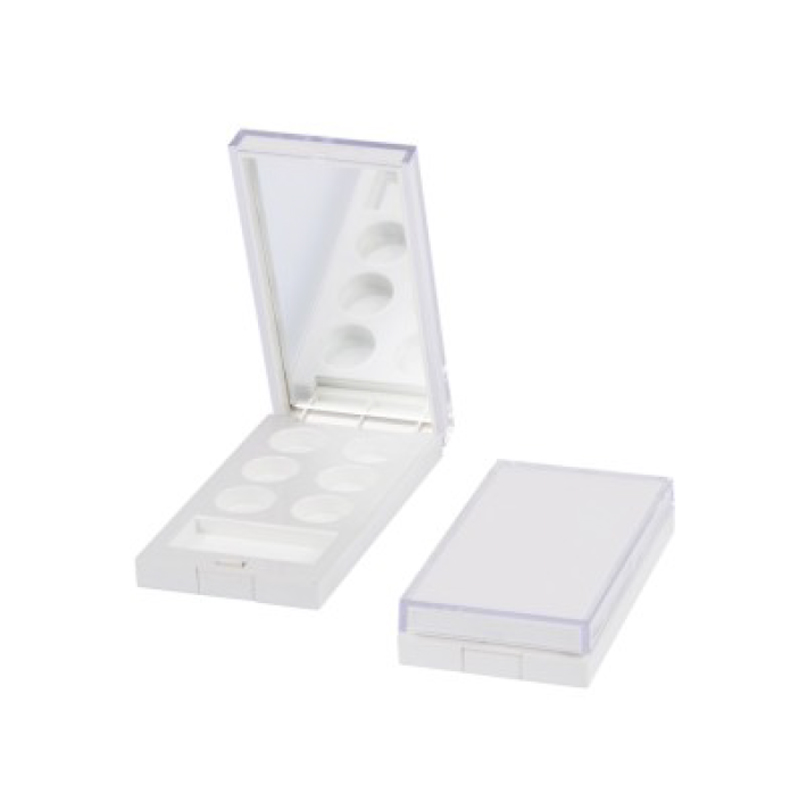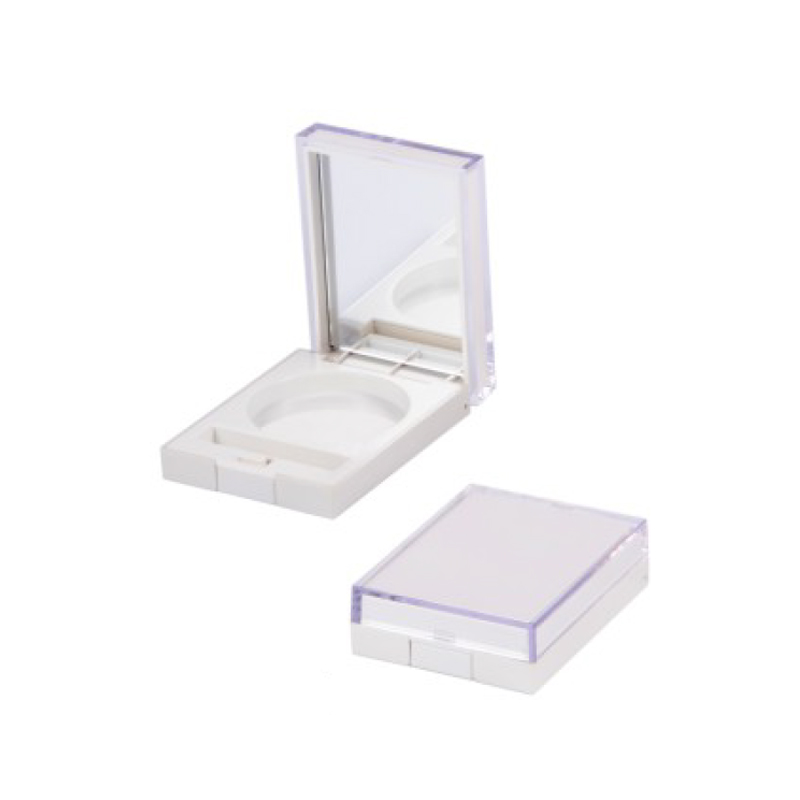Packaging is quite important for cosmetics.
After all, the thing consumers see is the appearance of the goods, for the new generation of young consumers, sometimes love cosmetics packaging, even more than the cosmetics themselves, often for a high-value bottle jar, and buy products that do not need.
According to a report recently released by Markets and Markets, the world's second-largest market consulting firm, the global cosmetic packaging market size is expected to grow from $49.4 billion (about RMB 345.51 billion) in 2020 to $60.9 billion (about RMB 425.94 billion) in 2025.
The report states that the rapid growth of the global cosmetic packaging industry is mainly due to the growing global demand for cosmetic products. What are the new trends in cosmetic packaging in 2021?
Cross-border co-branding, highlighting fun and topicality.
In the past two years, there have been numerous cross-border co-branding events in the beauty industry.
There are a lot of people who say that the routines have been played badly, although the cross-border co-branding is no longer worth how to tout, but for the appearance of the packaging of cosmetics, it is indeed a quick way to realize the creativity, but also can quickly catch the attention of consumers, the union between different things thousands of things, means that you can create an almost infinite number of possibilities to come.
Shu Uemura and Pokemon have launched a co-branded beauty product, and I have to say that Shu Uemura has played the nostalgia card very well. The Pokemon IP has always been hot, both the anime and the game, and is widely loved by young consumers, especially for a group of 90s.
The series of co-branded makeup packaging using a minimalist line drawing of Pikachu looks like a sketch drawn in a book when you were a child, making consumers full of memories.
In addition, NetEase Yanshou and Huluwa launched seven co-branded products, seven products correspond to seven Huluwa, the Huluwa pattern is printed on the product, and the color of each beauty product is also coordinated with the main color of the Huluwa, so that consumers are bright and can not help but chopping their hands to buy buy buy.
Environmentally friendly and sustainable packaging
In recent years, with the prevalence of the beauty economy, the demand for beauty products has risen sharply, and the global cosmetics market share exceeded $500 billion in 2019, which contains essential packaging resource consumption issues, all of which challenge the environmental sustainability of beauty and beauty category brands. More and more beauty brands are increasingly focusing on environmental sustainability while pursuing product sales.
Environmental protection is a discussed topic today, and a large number of young Chinese consumers are becoming more and more aware of environmental protection and will be happy to buy cosmetics to show their support for the environment and their contribution to it.
For example, L'Oréal and Albéa have announced that they will join forces to launch cosmetic tube packaging, which they say will be subject to Life Cycle Analysis environmental testing, starting with Skin Spa's new 200 ml moisturizing sunscreen lotion.
According to foreign reports, some brands have developed a technology that uses bacterial cellulose to make plastic replacement wrappers for cosmetics. Bacterial cellulose, also known as "microbial cellulose", has relatively good biological adaptability and degradability, and is a cutting-edge technology to reduce environmental pollution.
Environmentally friendly packaging is an inevitable trend in the development of cosmetic packaging, but also an important technology for cosmetic brands to enhance their competitiveness. In the future, environmental protection will be a cosmetic brand with a huge role in competitiveness.

 中文简体
中文简体 English
English +86-0575-89285107
+86-0575-89285107
